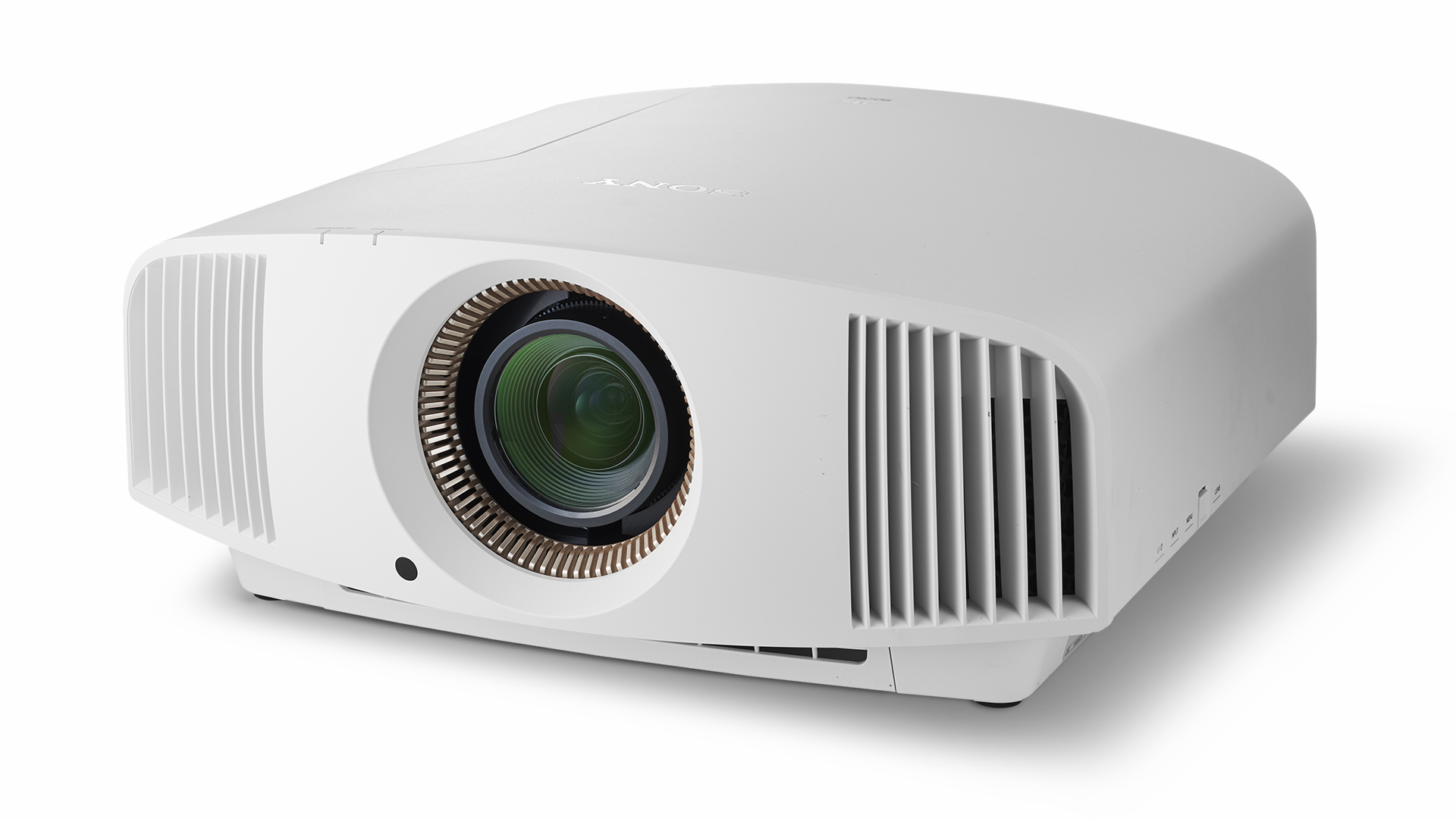
Every film fan dreams of having their own home cinema. You get the best seats in the house, choose what features are showing and no one's going to complain if you chew your popcorn too loudly. Building and upgrading are half the fun too and, with a projector the core of any home cinema set-up, it's always good to be on the lookout for the next model.
While we wait for 8K to be of consequence, native 4K is the way to go. The good news is that your research does not have to be extensive. For most, the JVC DLA-N5 vs Sony VPL-VW590ES is as far as you'll need to go.
Look through our catalogue of reviews and you'll find Sony and JVC are the dominant forces when it comes to producing 4k projectors that use native 4k display panels. The likes of Epson, BenQ, Samsung, LG, Optoma and others also sell 4K projectors, but they tend to use Full HD panels combined with pixel shifting technology to achieve the full 4k resolution. This is a cheaper solution but falls short of the quality achievable by using native 4k chips
With both the JVC DLA-N5 and the Sony VPL-VW590ES, that step up in performance is evident. Both of these native 4K projectors received five-star reviews when we put them through their paces. For black depth, detail, contrast and colour they've aced it already, but nobody needs two projectors for their home cinema.
What you want to know is which one should you buy, the JVC DLA-N5 or the Sony VPL-VW590ES?
- Read our JVC DLA-N5 review
- Read our Sony VPL-VW590ES review
JVC DLA-N5 vs Sony VPL-VW590ES: build
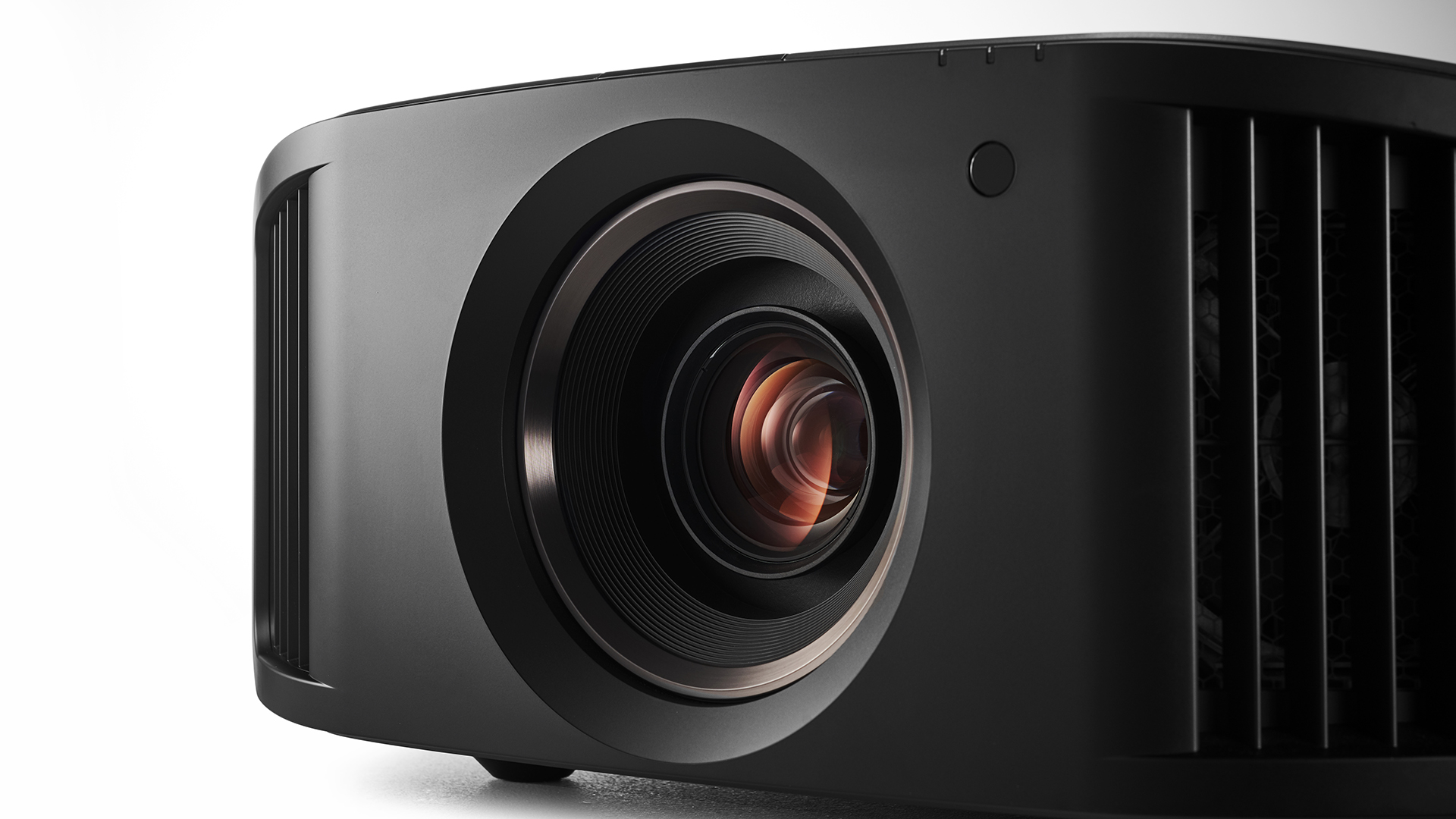
These projectors are both big machines. Make sure you think about that before you get out the credit card. With a footprint of around 50 x 50cm and weighing 20kg, make sure you have a decent-sized AV rack or a properly installed ceiling mount. If size and weight are limitations – if your ceiling bracket can only take so much, for example – then the Sony has the edge. At 14kg, it's considerably lighter than the JVC. Even so, these are not projectors to sit on your coffee table.
The size of your room itself is something to consider. If you're looking to achieve a 100in picture, you'll need at least 3.1m between the lens and your screen with the Sony. So, make sure your room is big enough. If it's tight, then bear in mind that the focal length of the Sony is slightly shorter. The JVC will focus that same 100in from a minimum of 3.16m. The Sony also goes a fair bit bigger too, with the lens rated for a picture of up to 300in. JVC states an upper limit of 200in on the diagonal.
Both the Sony and JVC have motorised lens shift features that allow you to move the image up, down, left and right, to virtually the same degree as one another, until the picture is right where it needs to be. But, ideally, it's best to get the projector as close to the perfect placement as possible before using the lens shift. This approach minimises any lens distortions.
While focus, zoom and lens shift are all motorised, neither of these two projectors has a motorised lens cap. It's far from a dealbreaker, just be careful when you place them back on, so as not to upset your carefully calibrated lens adjustments.
If you want a few handy hints on the set-up process for your new purchase, don't forget our guide on how to set up your projector and get the best picture.
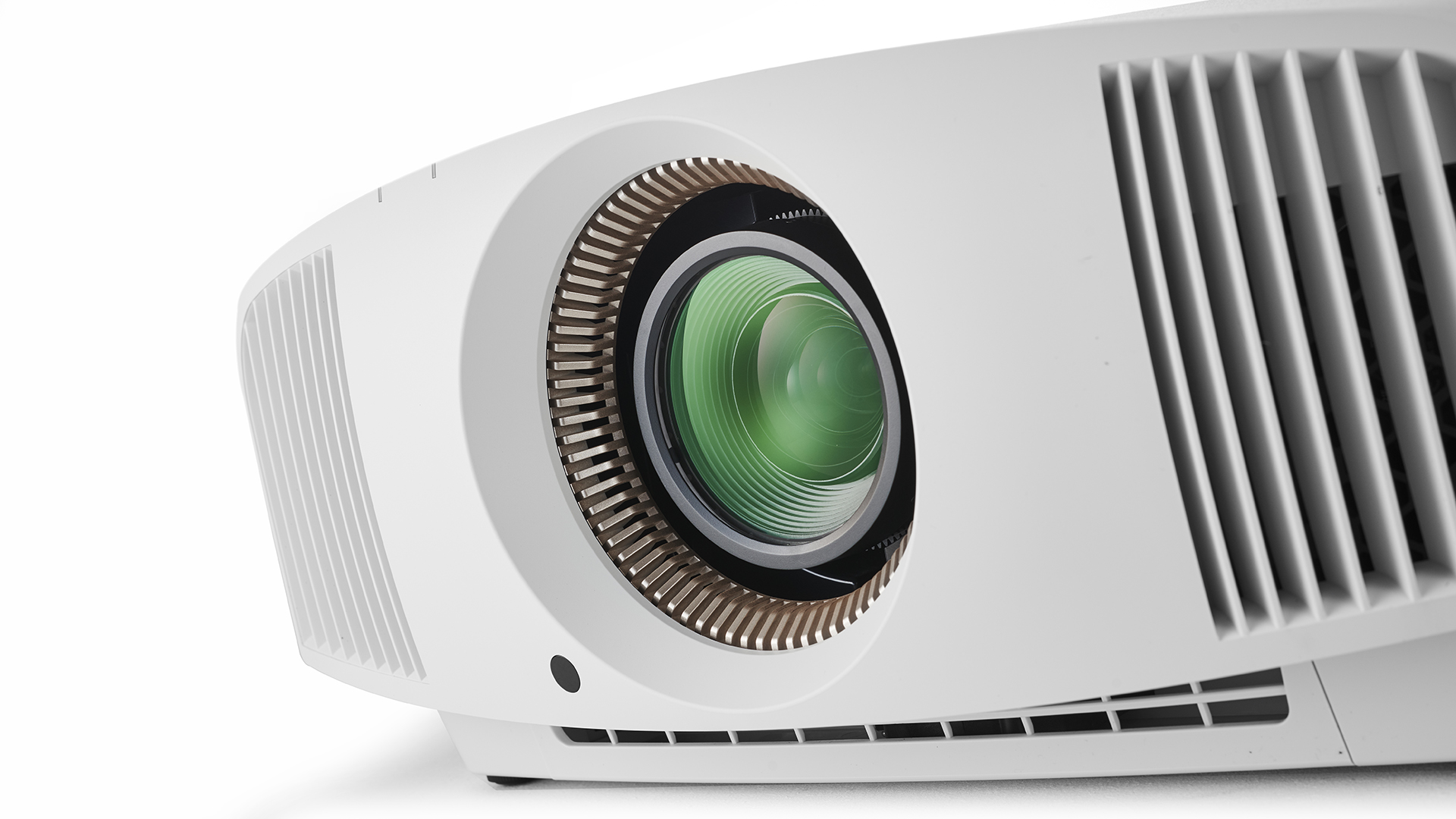
There are button controls on both of these projectors, but you'll be wedded to their remotes most of the time. Both are backlit so that you can find what you're looking for in the dark. They're also both excellent, with full features and handy shortcuts to the settings you need. The Sony remote has a shade more functionality, but the JVC's is perhaps a touch simpler. There's not much between them on that front.
The other area of design that might need careful consideration is what's built inside these machines. When buying any projector, it's well worth considering what kind of technology you're signing up for. Some are transmissive (ie. with a backlight shining through LCD crystals) while others are reflective (ie. Texas Instruments' DLP chips that use micromirrors to create the pixels).
These systems have different benefits, but there's no need to get too bogged down in that for this comparison. That's because both of these projectors use LCoS projection (liquid crystal on silicon). Sony's version is called SXRD and JVC's is D-ILA.
LCoS manages to merge many of the advantages of both LCD and DLP tech. Neither Sony nor JVC's version appears to be inherently better than the other but, combined with each company's glassware and image processors, there are certainly performance differences.
**Winner** Sony VPL-VW590ES
JVC DLA-N5 vs Sony VPL-VW590ES: features
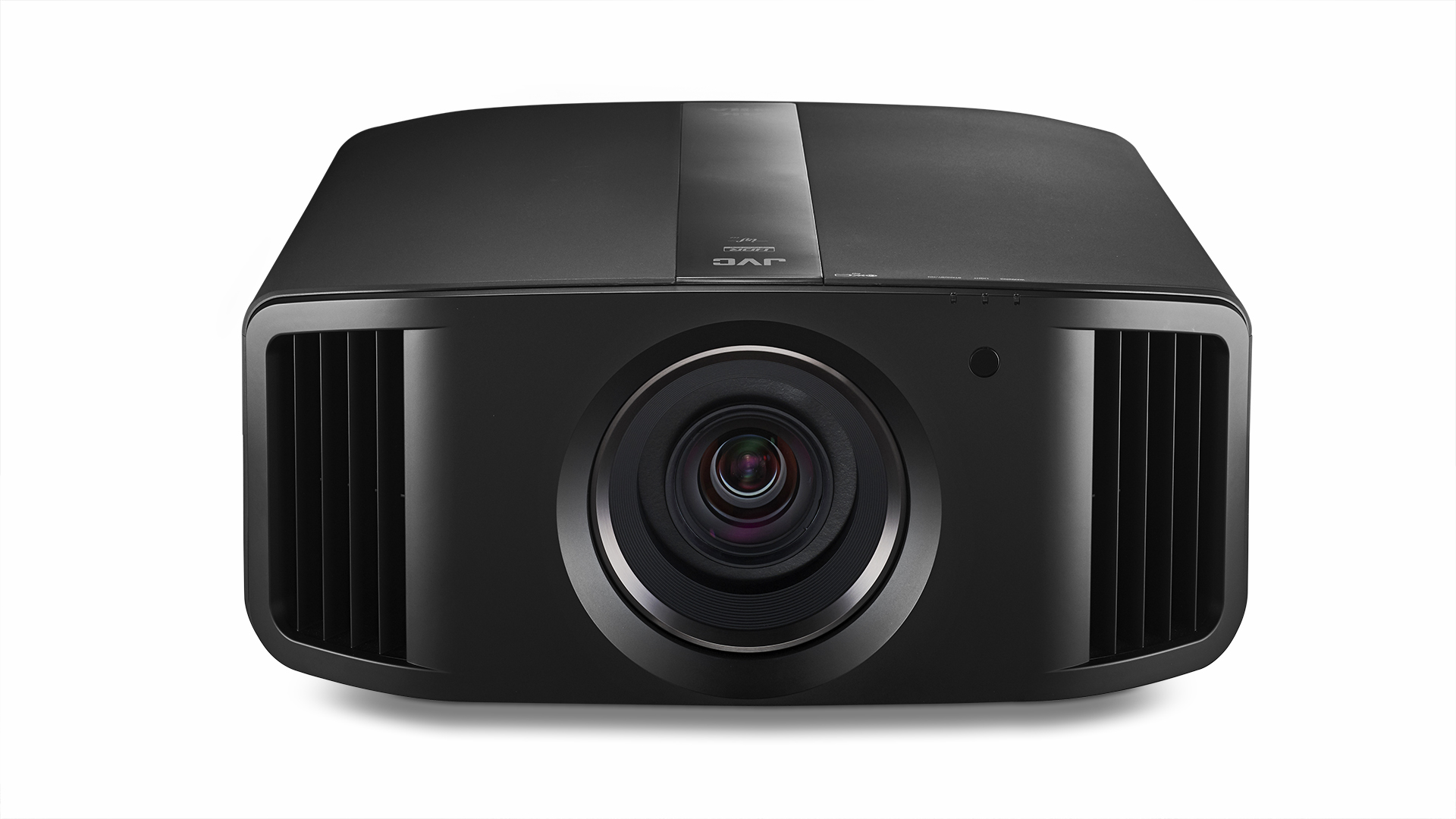
Higher-end 4K projectors, such as these two, don't usually come with rafts of extra features. They tend to concentrate on the serious business of performance instead. As such, you won't find any built-in speakers or smart platforms here and nor should you want them either.
There is one major feature difference between the two. The Sony has a 3D emitter built-in, but those wanting to watch 3D films on the JVC will need to buy the RF 3D Synchro Emitter PK-EM2 plug-in as an extra. At under £100 ($100), it's not a huge cost compared to the overall device and, at the time of writing, would still make the JVC cheaper than the Sony. Neither machine comes with 3D glasses in the box either. Expect to pay in the region of £50-100 ($50-100) per pair.
Replacement projector lamps are another potential cost. Both are rated at 1800 ANSI lumens but, according to the manufacturer estimations, Sony's should last longer. It's predicted to last up to 6000 hours in 'Low' mode before it needs replacing, whereas the JVC will give you 4500 hours in its eco setting. We wouldn't read too much into those stats, though. They're only estimations and we'd recommend running the lamps at maximum output anyway.
In any case, these hours represent a fair bit of viewing. All the same, if you do need to replace the lamp before you upgrade to an 8K projector, then, for now, the JVC's replacement lamp comes in marginally more expensive than the Sony's. Expect to pay £300-500 ($300-500).
Both projectors feature a pair of HDMI 2.0 ports, which will do just fine for all of your 4K HDR source material. It's worth noting that the Sony has a USB 2.0 input as well whereas the JVC doesn't; it's not a game-changer, but perhaps something you'll miss when one day you realise it will come in handy for your big screen holiday slideshow.
Finally, gamers should also take note that both of these 4K projectors have low latency modes, which should work nicely for some 200in PS5 or Xbox Series X action.
**Winner** Sony VPL-VW590ES
JVC DLA-N5 vs Sony VPL-VW590ES: performance
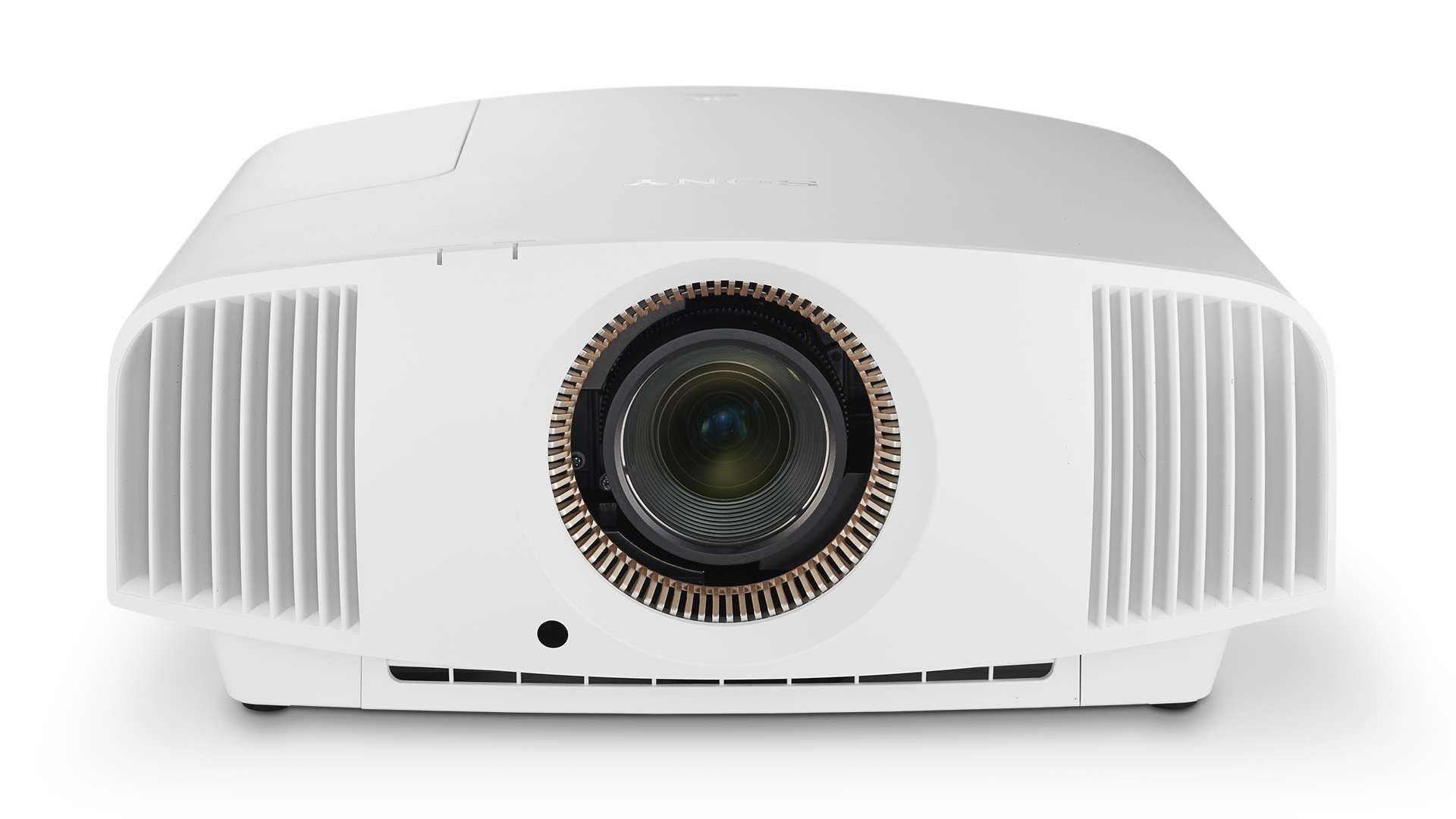
The pictures created by both of these projectors are excellent, but they do have slightly different characters.
Once calibrated, the colour performance of the Sony VPL-VW590ES is particularly breathtaking. You can also use the Reality Creation menus to add some intense and granular levels of 4K detail that are outstanding for a projector at this price. It brings a hugely pleasing texture and vibrancy to every part of the on-screen image.
As ever, Sony’s Motionflow tech does a superb job of keeping the picture looking smooth and natural, even with rapid camera pans. It delivers excellent tonal detail in light and dark areas, even in scenes of mixed lighting, thanks to some pinpoint contrast control. You'll need to work with the Dynamic Iris and Contrast Enhancer settings to find an acceptable balance between black depth and dark detail.
Neither the Sony nor the JVC support Dolby Vision HDR or HDR10+. These standards aren't available on most projectors right now, but both machines have in-built ways of their own to process HDR content to good effect.
For Sony, it's the Dynamic Iris which can adjust the contrast parameters according to the frame-by-frame analysis of its Dynamic HDR Enhance algorithms. That's all powered by the ‘X1 for Projector’ chip – the same picture processor as used in Sony’s best TVs, but optimised for projectors.
While Sony's contrast tech does an excellent job, the Frame Adapt HDR system in the JVC is a step above. There are virtually no details lost to the shadows and there's even a black depth that, while not quite at OLED TV levels, beats plenty of LCD TVs and is certainly better than any other projector you'll find at this price.
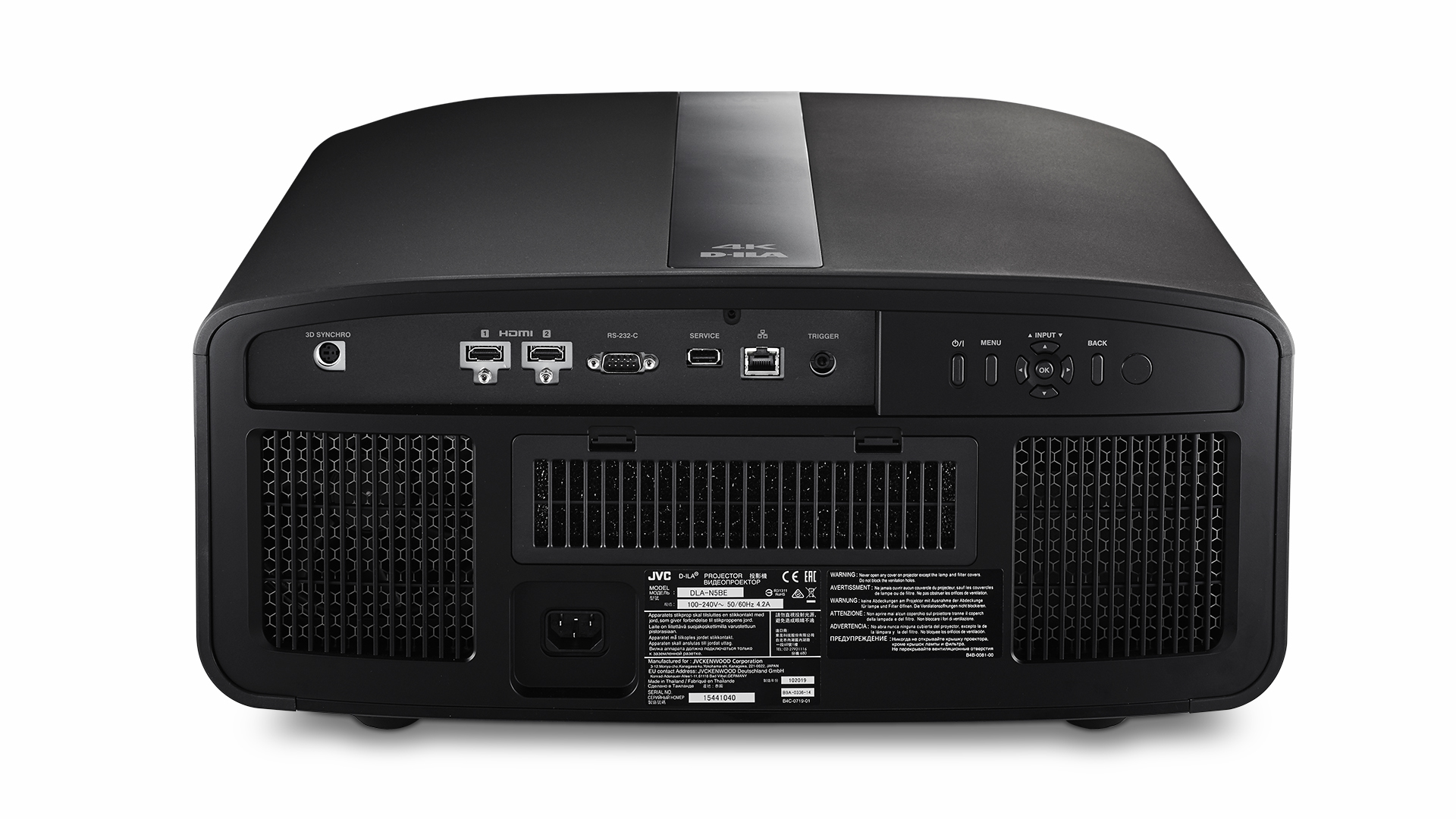
What's particularly impressive, compared to both TV tech and the Sony, is how seamlessly the JVC can blend one tone into another. It creates a wonderfully realistic sense of dimension to character and costumes making for an image you just want to bathe in. Colours are full and complex and the whole image is consistent and sharp.
The Sony’s shading skills are a bit more binary, in terms of contrast, rather than smooth and subtle and that results in an appearance that's dynamic but less truly natural than the JVC which is that little bit more engaging.
It's worth noting that the Sony is set-up better to enjoy standard definition content. The JVC cannot provide a full-screen SD upscale. Anything below 1920 x 1080 is simply scaled by four times the native resolution of the source instead. So, a 480p source at 720 x 480 will be displayed as 1440 x 960 and only fill about one-ninth of the display. The Sony's upscaled DVDs will fill your whole screen.
But are you really buying a projector like this to watch DVDs? Even if you are, there will be other devices in your AV chain that can do the upscaling instead.
**Winner** JVC DLA-N5
JVC DLA-N5 vs Sony VPL-VW590ES: verdict
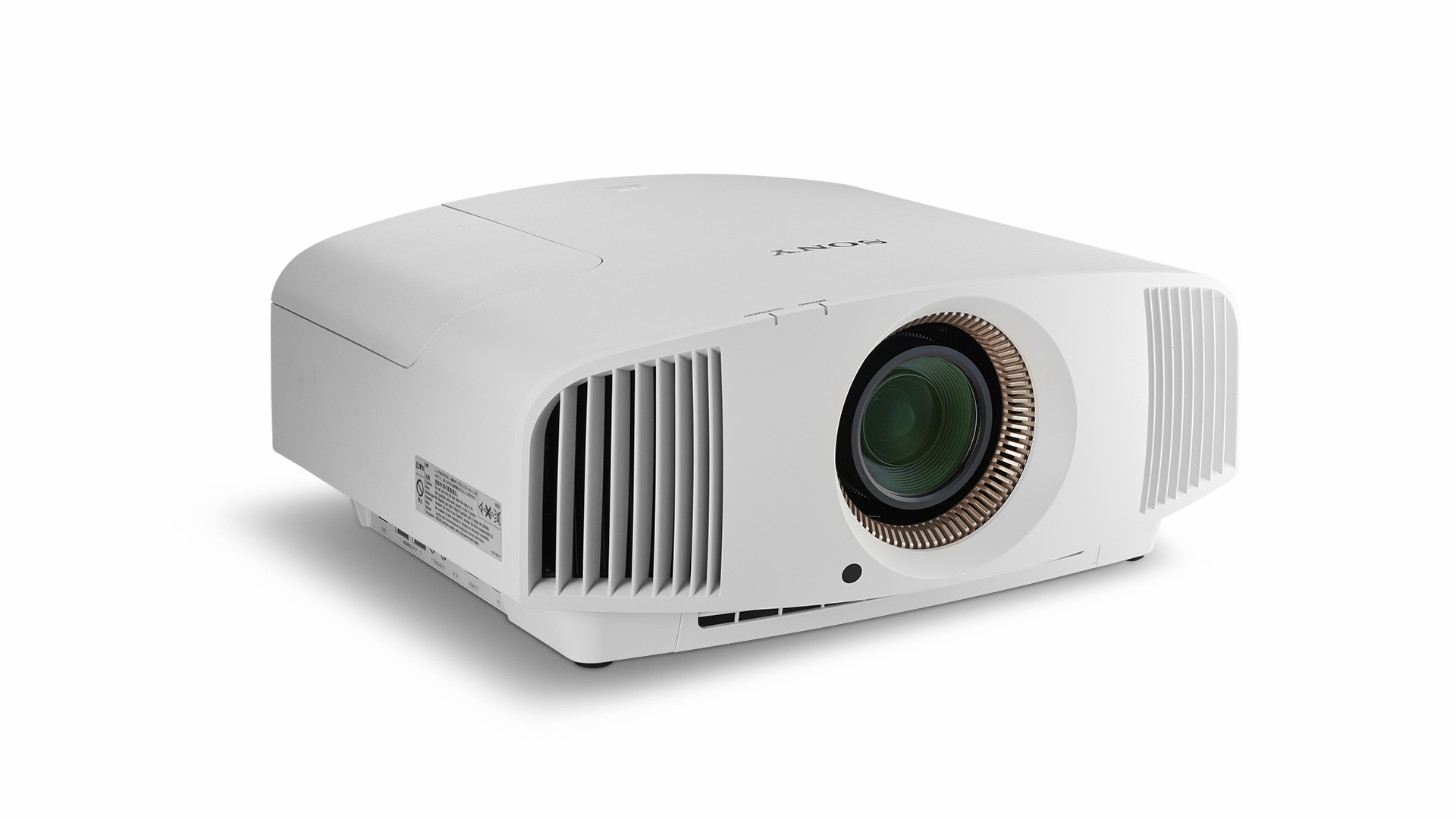
We'd very happily live with either of these excellent native 4K projectors, but if we had to choose one, it would be the JVC DLA-N5.
There are a few practical advantages to the Sony VPL-VW590ES – it's a little easier to accommodate and is set up better for both standard definition playback and 3D films – but the JVC is the better performer and that's by far the most important metric of a projector at this level.
The JVC's superior contrast control and HDR handling allow it to more consistently produce slightly deeper blacks and better shading. It offers just as much drama as the Sony, but with a better sense of reality and depth to the image.
It is the best projector you can buy at this price and, with JVC always working on new picture technologies for future firmware upgrades, it's only going to get better. Home cinema heaven? We certainly think so.
**Winner** JVC DLA-N5
MORE:
Projector screens: everything you need to know
Get the What Hi-Fi? Newsletter
The latest hi-fi, home cinema and tech news, reviews, buying advice and deals, direct to your inbox.
Dan is a staff writer at What Hi-Fi? and his job is with product reviews as well as news, feature and advice articles too. He works across both the hi-fi and AV parts of the site and magazine and has a particular interest in home cinema. Dan joined What Hi-Fi? in 2019 and has worked in tech journalism for over a decade, writing for Tech Digest, Pocket-lint, MSN Tech and Wareable as well as freelancing for T3, Metro and the Independent. Dan has a keen interest in playing and watching football. He has also written about it for the Observer and FourFourTwo and ghost authored John Toshack's autobiography, Toshack's Way.

